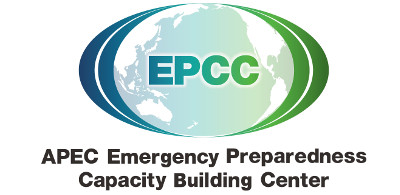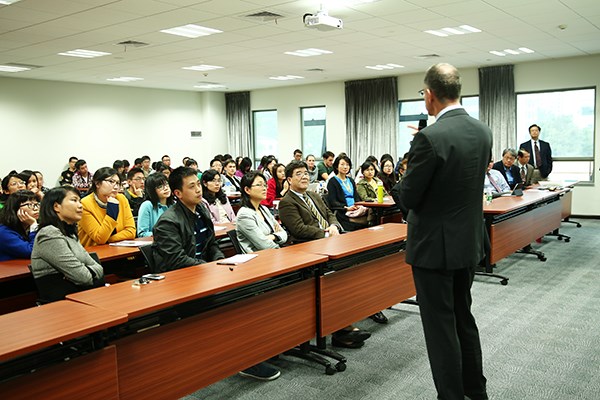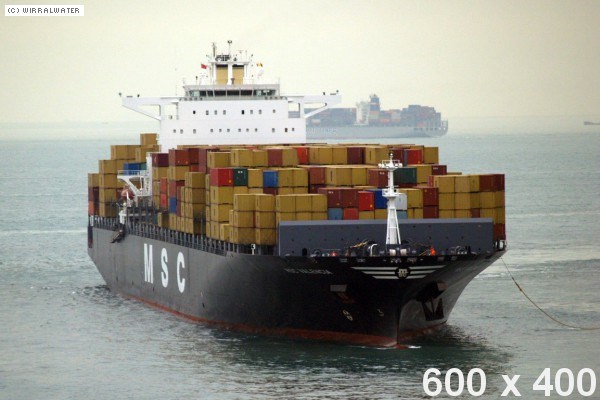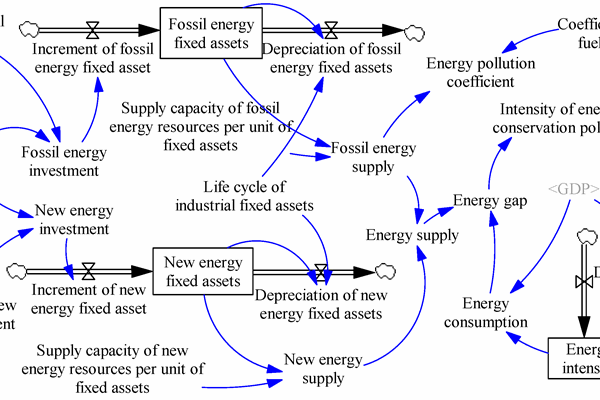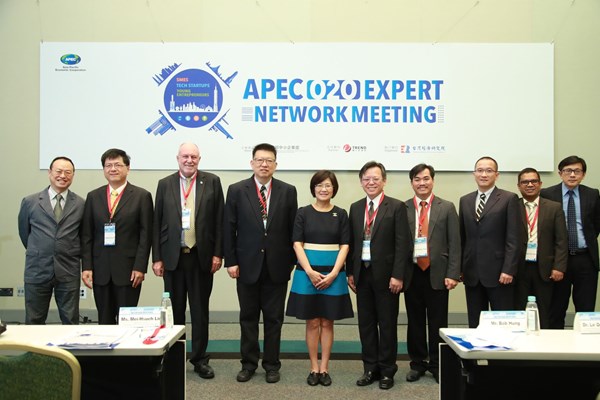Connecting the ‘business dots’ to a ‘BCM-based supply chain
04/10/2017|
On the eve of the first anniversary of Kumamoto Earthquake in 2016, APEC member economies, public and private sectors such as research community, and industries of automobile, insurance, finance and electronics, gathered together from April 10 to 13, 2017 in Nagoya, Japan, exploring the strategic approach on public-private-partnership-based business continuity management (BCM). The Ministry of Economy, Trade and Industry, Japan and the Ministry of Foreign Affairs, Chinese Taipei opened the high-level policy dialogues on future business resilience to tackle disasters. Since 2011 after the Great Japan Tohoku Earthquake and Tsunami, APEC leaders and ministers have been highlighting the importance of regional solutions to business resilience to mitigate the impacts and managing risks on global and regional supply chain interruptions.
The APEC Summit on Resilience and Capacity Building Training Workshop on Promoting Business Connectivity, co-organized by Nagoya Institute of Technology (NiTech), National Research Institute for Earth Science and Disaster resilience (NIED), and APEC Emergency Preparedness Capacity Building Center (EPCC), showcased the recent progresses and the best practices of Nissan and Fujitsu on BCM. “Periodic review” and “Non-disclosures-in-advance scenario-based Drill/Exercise” are the key ingredients to succeed the ever-changing disasters while implementing BCM.
The Development Bank of Japan (DBJ) introduces BCM rating to illustrate how financial sectors involved providing financial incentive on improving corporate. SOMPO Risk Management and Health Care identifies tools for individual business to transfer risk through disaster risk financing mechanism. In regional spectrum, the Japan International Cooperation Agency (JICA) promotes “Area Business Continuity Management (Area-BCM)” in the Philippines, Vietnam, Indonesia, and Thailand.
“Tools kits”, “standards” and “Non-disclosure-in-advance scenario-based drill/exercise” are three strategic approaches to enhancing disaster resilience in the APEC region. To follow the fruitful outcomes of the APEC multi-year cross-fora project between SMEWG and EPWG, “Improving Natural Disaster Resilience of APEC SMEs to Facilitate Trade and Investment”, proposed by Chinese Taipei, said Prof. Kenji Watanabe of the NiTech as an expert of BCM: ‘the best practices in APEC can offer the significant reference and hard evidence to ISO standards for developing future disaster related standards for public-private partnership-based BCM.’
How to engage stakeholders, especially local governments, Prof. Watanabe continued: ’The incentives for the public sectors to involve in BCM are protecting and maintaining local business operations, local employment, and corporate tax revenue from the business interruptions after a large-scale disaster strike to keep momentum of sustainable growth with their PPP-based resilience.’
Dr. Wei-Sen Li, the Executive Director of APEC EPCC, further address the EPCC emphasis on enhancing capacity building and disaster resilience in the APEC region to ensure sustainable growth. EPCC operates this January and launch ‘The APEC Summit on Resilience and Capacity Building Training Workshop on Promoting Business Connectivity’ in April to engage the cross-fora collaborations on cross-cutting issues among APEC member economies on regional BCM.
The fruitful conclusions reached by participants aim at formulating the disaster resilient policy framework for public-private-partnership (PPP) with synergized team efforts on regional BCP/BCM – cross sectorial collaborations, knowledge exchange and experience sharing of know-how on BCP and BCM. The meeting materials will be available for downloading on EPCC website shortly.

